Art & Exhibitions
A Suite of New Exhibitions in the Baltics Examines the Art Scene’s Complex Past
The dynamic Baltic region is humming with cultural activity.
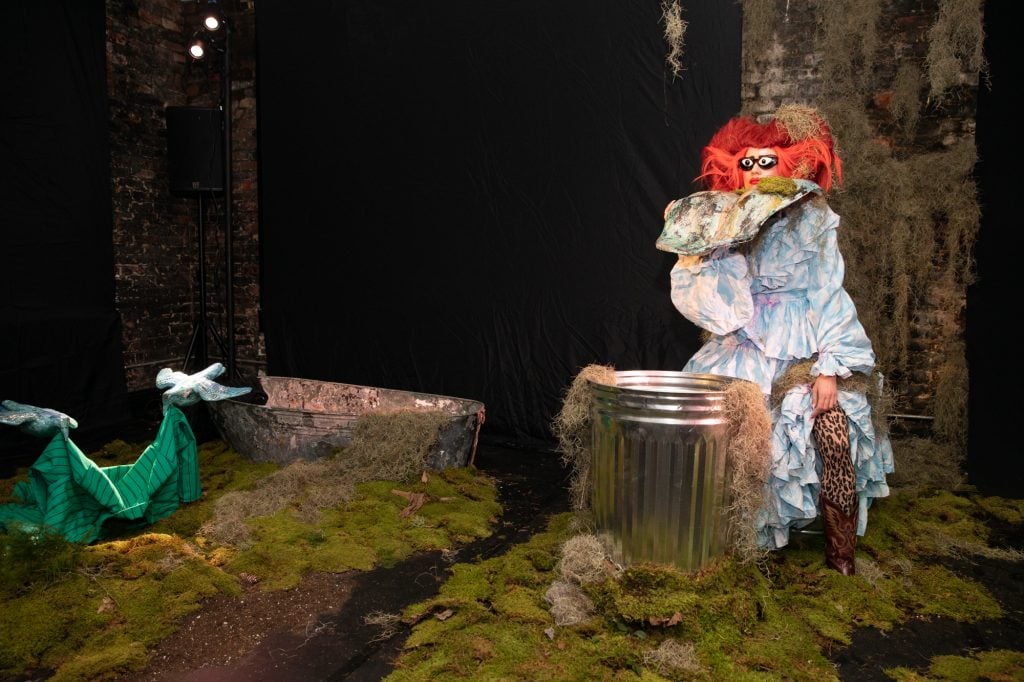
The dynamic Baltic region is humming with cultural activity.

Nadine Khalil

As the art world increasingly claims to represent marginalized voices, there has been a rising trend towards regional narratives in big biennials. While this provides context to non-Eurocentric discourses it also fetishizes them, especially when it comes to the Global South. In the Baltic countries of Estonia, Lithuania and Latvia, the art scene articulates a complex regionalism, one that considers a relationship embedded with Europe and post-Soviet identities.
“What is interesting today is that we have moved from the 1990s and 2000s exhibition-making quest to circumscribe an identity to different attempts to connect to a European identity or negate Soviet histories,” said Andris Brinkmanis. As former commissioner of the Latvia, Estonia and Central Asia pavilions at the Venice Biennale, from 2007 to 2013, he spent a lot of time researching and curating artists from what he calls “the vast post-Socialist space” that links the Balkans to the Baltics. “Now since the war, ghosts are resurfacing among an older generation due to the traumas they carry,” he added.
As cultural capital continues to grow in high-income Baltic states such as Estonia, there is a desire to be seen on a global stage. The Foto Tallinn photography art fair (which ran from September 6 through 8) held its 11th edition, curated by Amsterdam-based Isabella van Marle, with a special focus on Ukrainian photography. The liminal photographs of Krista Mölder and Alis Mäesalu suspend time in non-human subjects that appear as if they are about to move or change form. Represented by Temnikova & Kaseva gallery, they are part of a rising group of Estonian female artists including Edith Karlson who represents the nation at this year’s Venice Biennale. Gallerist Olga Temnikova has also co-founded the Esther art fair in New York, which aims to show artists from the Baltic region, but also places like Romania and Georgia.
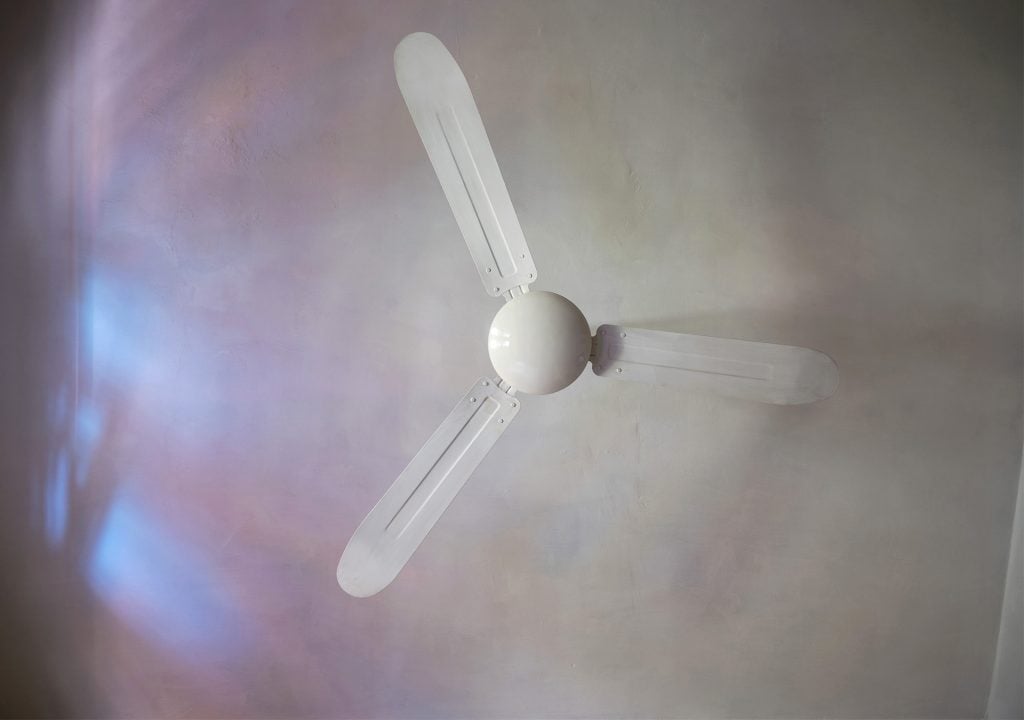
Krista Mölder. A Temporary Thing (2024). Courtesy Temnikova and Kasela. The artist is being presented at Foto Tallinn.
Internationally, a new Baltic fellowship with Performa in New York that launched in 2023 promises to export more artistic talent abroad; it was initiated Karin Laansoo, head of the Estonian Contemporary Art Development Center and artistic director of Tallinn’s Kai Art Center, in partnership with Lithuania’s Rupert residency and the Latvian Centre for Contemporary Art (LCCA).
This year Tartu in Estonia, a city known for its 1950s underground art movement led by surrealist Ulo Sooster, who turned away from the strictures of socialist realism, has been named European capital of culture. The neighboring Lithuania in contrast, according to Kęstutis Kuizinas, the founding director of the Baltic Triennial (originally the 1979 Triennial of Young Baltic Artists during the Soviet era), never had a strong underground art scene, since it wasn’t as tightly controlled. “As the Western frontier, we had more liberties in terms of what could be shown,” Kuizinas explains. The triennial opened in Vilnius on September 6 at the same time as the annual contemporary art festival Survival Kit in Riga, organized by the LCCA.
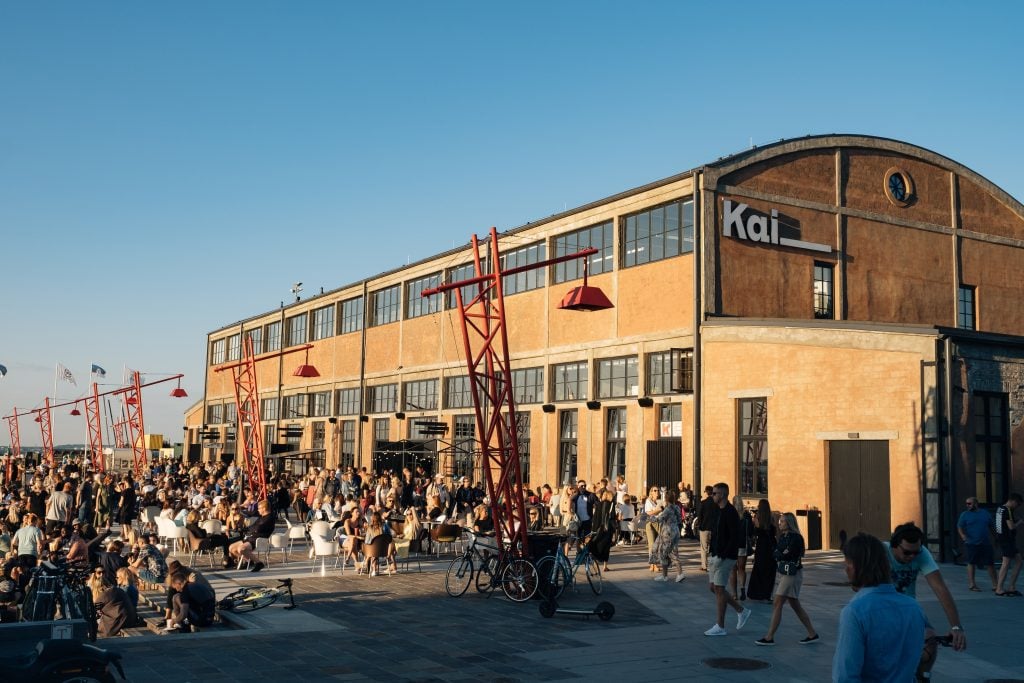
Kai Art Center. Photo: Aron Urb
According to Solvita Krese, head of the LCCA, Survival Kit emerged out of the 2008 financial crisis as a local, DIY initiative; inhabiting empty shops, the event mapped connections to the Arab Spring and the impact of global movements such as Occupy. “We began by placing stickers titled ‘Occupy Me’ on abandoned buildings and shops that were squatted by artists and poets who organized pop-up exhibitions, performances, a book shop, and a free soup kitchen. Young people lobbied for the owners to pay less tax if they could use them for cultural initiatives,” she explains. Eventually, the event received funding from the Soros foundation, and was able to begin supporting sustainable artistic ventures.
Last year’s edition, called “Long-distance Friendships,” curated by Alicia Knock and Inga Lāce, forged connections with decolonial histories and the Non-Aligned Movement in Africa (an international effort that began in the 1950s dedicated to representing the interests and aspirations of developing countries), in a joint exhibition with Lithuania’s 2023 Kaunas biennial. This year, with curator Jussi Koitela at the helm, (they are also curator of the Finland Pavilion in the current Venice Biennale), the exhibition focuses on Riga as an urban, epistemological, and temporal space from the perspective of 25 largely Europe-based artists.“Measures” interrogates the notion of place-making with a cerebral public program in four episode that explores urban memory, the countryside, and non-human voices, culminating by the river Daugava on October 6.
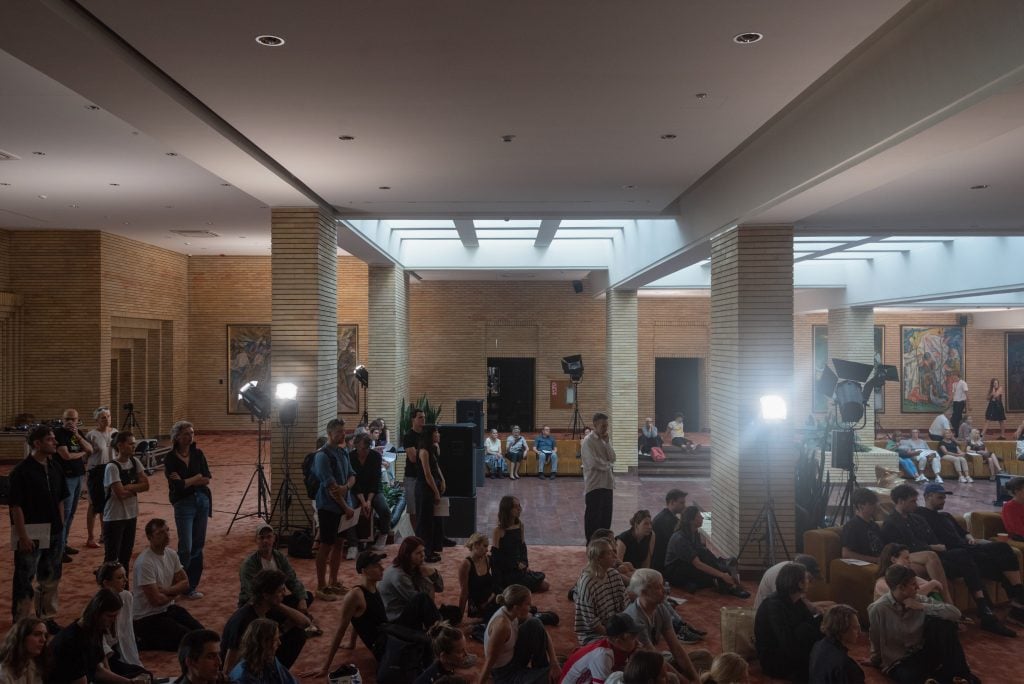
The Baltic Triennale. Photographer: Lukas Mykolaitis
The Baltic Triennial has taken a more outward-facing approach. As Kuizinas notes, the exhibition “began with a particular geography, but this is no longer a point of departure. The Baltic concept developed as a form of togetherness during our independence, at a time of emerging economies.” In 1998, Kuizinas curated the seventh edition, “Cool Places,” which looked at the region’s relationship to Nordic countries, unpacking the universal semantics of “cool” as both hot and cold, or indifferent. 2002’s “Centre of Attraction” was another key moment; curated by Tobias Berger, it interrogated the idea of the centre as a capitalist locus, setting a trend of inviting international curators to develop more fluid approaches to the triennial.
This level of experimentation takes on performative and poetic forms in the upcoming triennial, entitled “Same Day,” curated by Maya Tounta and Tom Engels. The title comes from a line of an unpublished manuscript by the rather obscure Greek poet Emerson, whose photographs and texts Tounta discovered in the late photographer and poet George Tourkovasilis’s archive as part of a retrospective she was curating. Tourkovasilis was known in Greece for ‘The Rock Diaries’, his diaristic chronicle of the local underground music scene in the 1970s.
According to Tounta, the triennial draws from an unknown exchange between two artists. “It is a homage to art that survives outside a system or institution. It responds to an art world that has become rigid without reifying absences from exhibition history,” she says. It is also very much about poetry and the poetic misuse of language, seen in Emerson’s non-native turns of phrase in English.
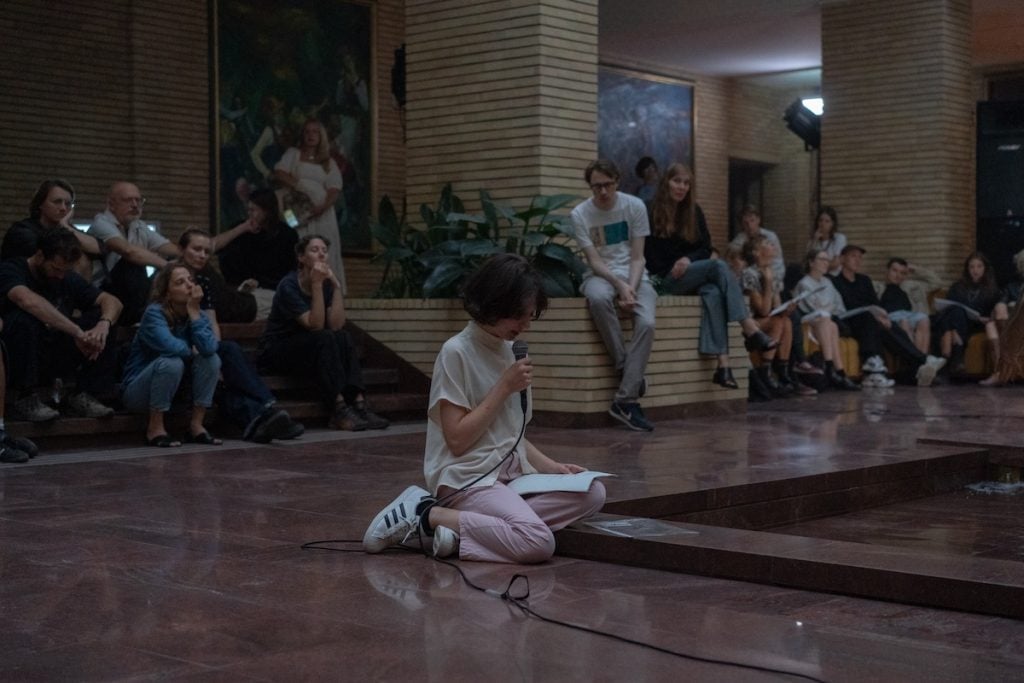
Ugnė Adelė Nakaitė reads poems by Emerson at the Baltic Triennale. Photographer – Lukas MykolaitisC39
The ways in which performances become part of the exhibition, such as Toine Horvers’ Rolling 1 in the main hall—fifteen hours of nonstop drumming based on light sensors that create a score from sunrise to sunset, originally performed in 1986—also point to non-discursive, at times disruptive formats.
In a similar yet quieter vein, Eszter Salamon punctuates her performance with incessant speech “about nothing” in Dance for Nothing (revisited), reciting John Cage’s Lecture on Nothing (1949). It is a refusal to accept silence as something that exists without sound, with her only prop a chair and microphone. “Our poetry now is the realization that we possess nothing,” she says. With Livre d’Image sans images (A Picture Book Without Pictures), performed by Mette Edvardsen and her daughter, an understanding of language also disappears during a dialogue between a painter and the Moon as they use black markers to outline a form on a floor-sized paper.
“Everything is reduced [to] the bare minimum in gestures and transformative speech-acts,” Engels says. “Performance in the 1960s and 70s was a reaction against the society of the spectacle and here we are interested in lo-fi materials that are at hand, where the faculties of the human body are creating the composition. The proposition is a new way of moving through the world with what is always already available.”
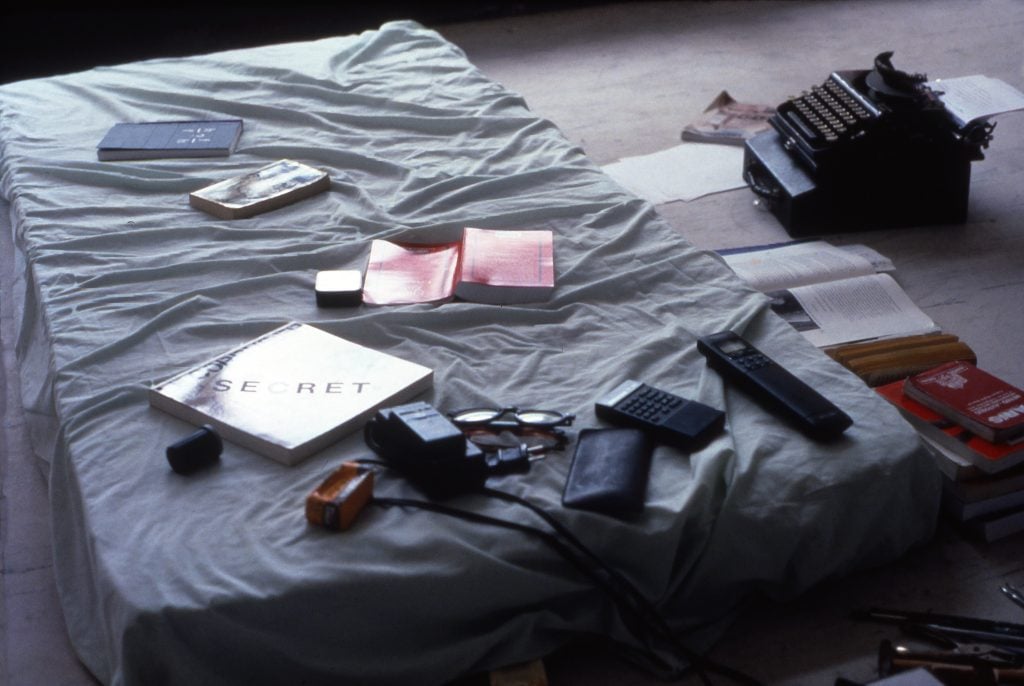
Renée Green. Secret, 1993. Exhibited at SurvivalKit 15. Color Photograph. Courtesy of the artist, Free Agent Media, and Bortolami, New York.
The curators also felt a need to look outside time. “While the triennial is not about the Baltic region per se,” says Tounta, “Villu Jõgeva, who was making kinetic sculptures in 1970s, is juxtaposed with contemporary artists doing the same elsewhere. These anachronistic connections facilitate unlikely encounters with other art scenes.”
Meanwhile in Estonia Talinn Art Hall is showing a traveling exhibition that connects hidden histories of the Soviet past with neighboring countries, including Ukraine, Poland, Finland, Norway, Germany and the Netherlands. “Difficult Pasts. Connected Worlds,” which was previously shown at the Latvian National Museum of Art in 2020 and the National Gallery of Art in Vilnius in 2022, will be on view until October 20.
Everywhere are alternative visions of what is center and what is periphery as well as how historicity is defined. But in a place as charged as the Baltics, abstracting from identity politics is surely a sign of art world maturation.